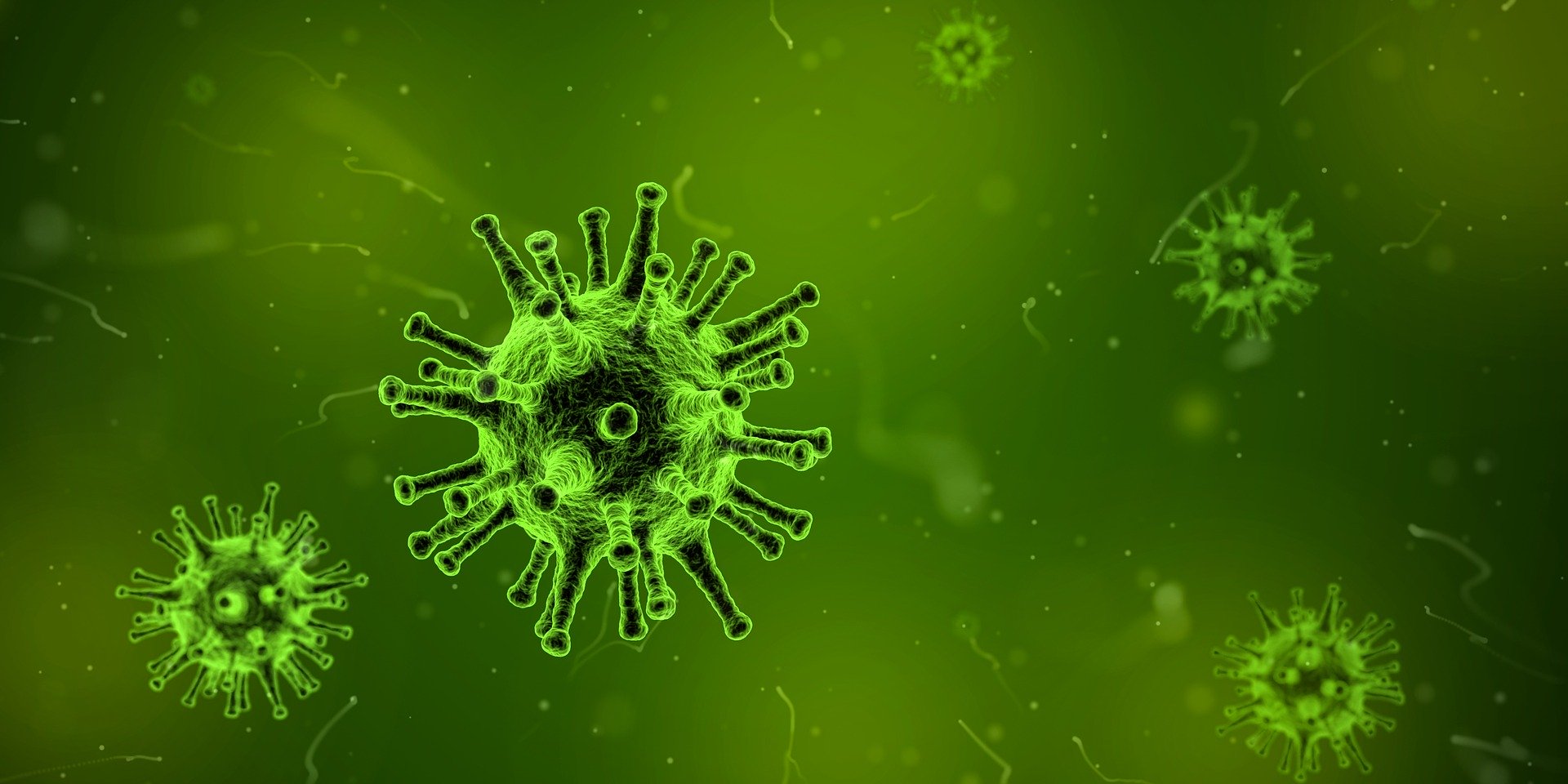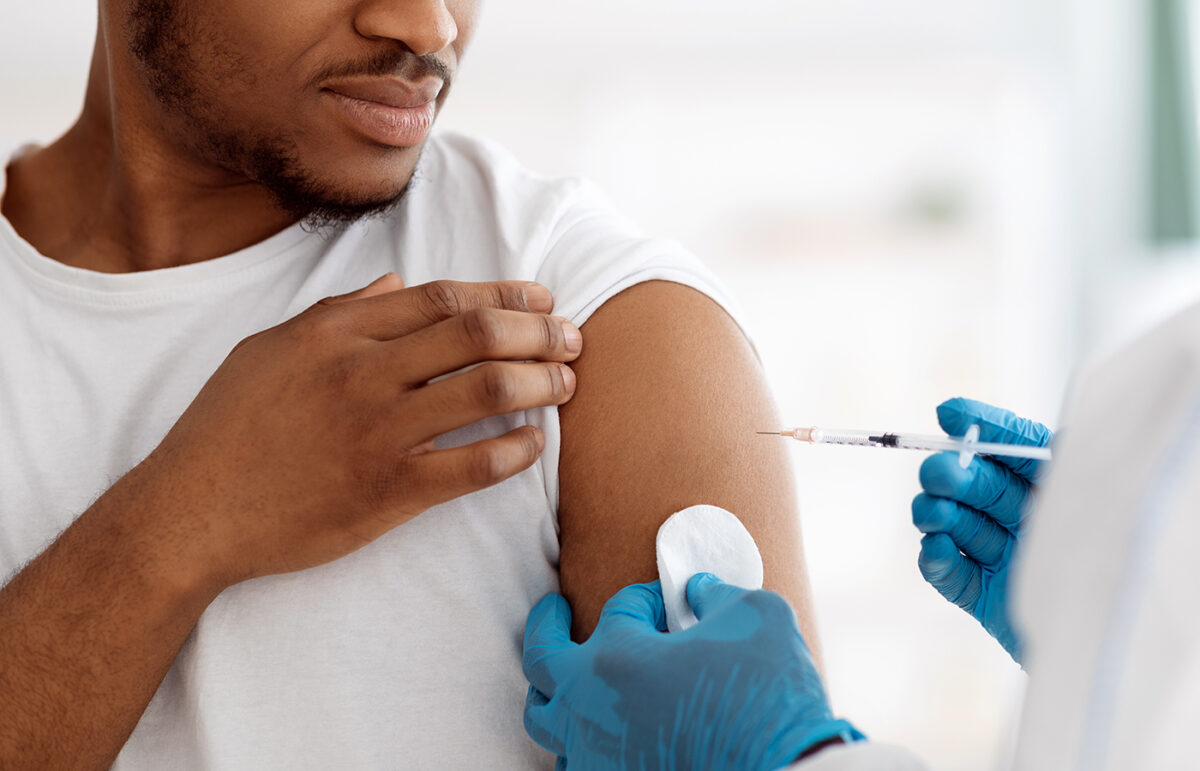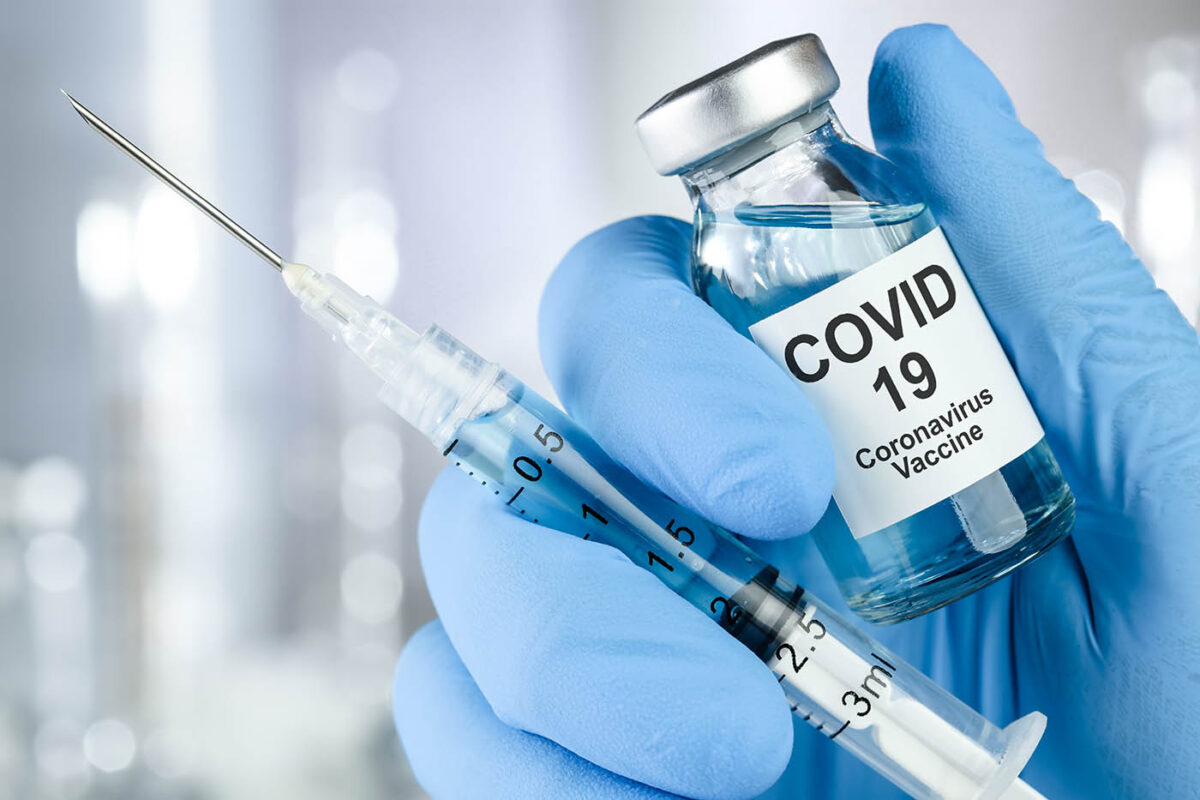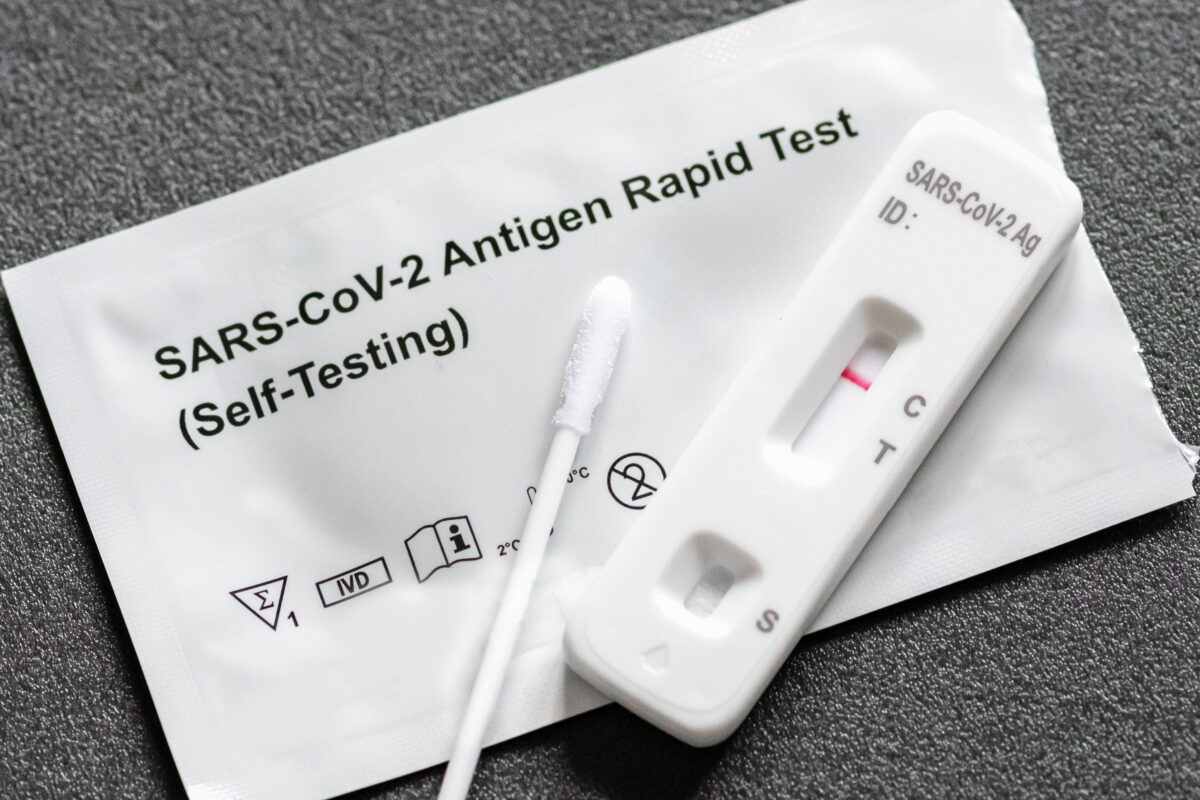
As the COVID-19 pandemic continues, scientists are studying how SARS-CoV-2 (the virus that causes COVID-19) will impact our lives in the months and years ahead. As vaccinations increase, there is hope that COVID-19 cases will continue to decrease, and that the virus will be less of a threat in the future. However, many public health experts believe that the virus is likely to never be completely eliminated. In fact, a recent poll of more than 100 scientists working on the coronavirus found that 90% believe the virus will become endemic. But what does the term “endemic” mean?
An endemic disease is one that is commonly found in a specific population or region. Endemic diseases are different from epidemics and pandemics, which are outbreaks of a disease that continue to spread to other regions (or globally in the case of a pandemic). An example of an endemic virus is influenza, better known as the flu. Every fall marks the beginning of the flu season in the U.S., where annual flu shots are encouraged to protect against infection.
A recent article summarizes three key questions scientists are researching to better understand how the virus may become endemic in certain areas. First, how long do people maintain immunity or protection against the virus which causes COVID-19 (either through previous illness or vaccination)? Second, how quickly does the virus change or mutate, producing variants of concern like B.1.1.7? Finally, what does virus immunity look like among older populations who have less time to build adequate protective immunity to the virus that causes COVID-19? Like the annual flu vaccine, it is possible that a yearly COVID-19 booster shot will be necessary. Annual booster shots also would provide an opportunity to update the vaccine as needed to protect against any emerging virus variants.
While there are many unknowns regarding the future of SARS-CoV-2, adherence to public health mitigation measures to reduce the spread of the virus and limit opportunities for the virus to mutate are critical. These actions include taking the COVID-19 vaccine when it becomes available to you, practicing social distancing, wearing face coverings, and maintaining good hand hygiene. Additionally, if you are feeling unwell or have had a known COVID-19 exposure, seeking a test and following quarantine guidelines can help to prevent the spread of the disease in your community.






